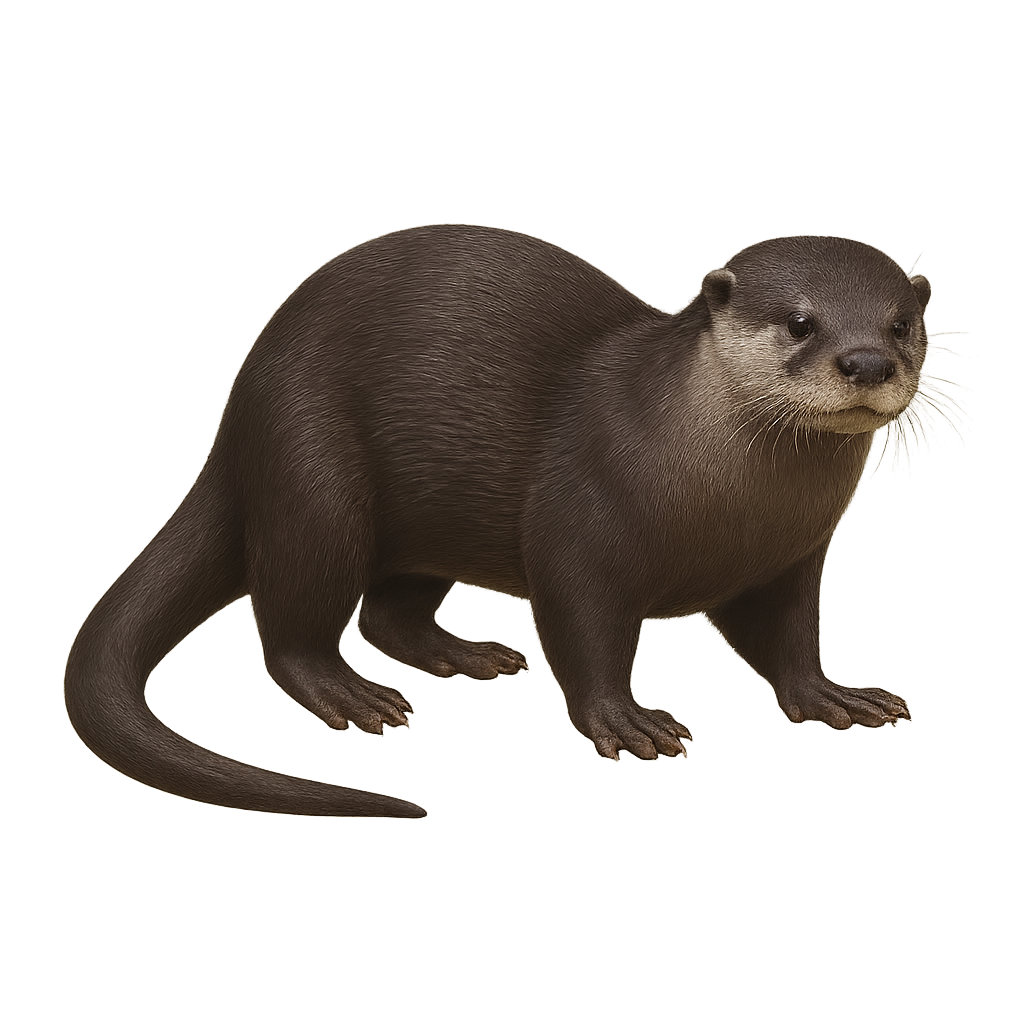Your wildlife photography guide.
Explore the smooth-coated otter in detail, study its behavior, prepare your shots.
Where to observe and photograph the smooth-coated otter in the wild
Learn where and when to spot the smooth-coated otter in the wild, how to identify the species based on distinctive features, and what natural environments it inhabits. The WildlifePhotographer app offers tailored photography tips that reflect the smooth-coated otter’s behavior, helping you capture better wildlife images. Explore the full species profile for key information including description, habitat, active periods, and approach techniques.
Smooth-coated otter
Scientific name: Lutrogale perspicillata

IUCN Status: Vulnerable
Family: MUSTELIDAE
Group: Mammals
Sensitivity to human approach: Suspicious
Minimum approach distance: 10 m
Rut period: June to August
Gestation: 60-63 jours
Births: August to October
Habitat:
Rivers, lakes, swamps
Activity period :
Mainly active at night, generally discreet during the day.
Identification and description:
The smooth-coated otter, Lutrogale perspicillata, is a semi-aquatic mammal belonging to the Mustelidae family. It is recognizable by its dense, smooth fur, typically dark brown on the back and lighter on the belly. This species is primarily found in South and Southeast Asia, inhabiting rivers, lakes, and swamps. It is well adapted to aquatic life with its webbed feet and muscular tail, allowing it to swim gracefully. The smooth-coated otter is a social animal, often living in family groups. It primarily feeds on fish but can also consume crustaceans and small mammals. Although its conservation status is concerning due to habitat loss and pollution, it plays a crucial role in the aquatic ecosystem.
Recommended lens:
400 mm – adjust based on distance, desired framing (portrait or habitat), and approach conditions.
Photography tips:
To photograph the smooth-coated otter, it is advisable to use a telephoto lens of at least 400mm to capture detailed images from a distance without disturbing the animal. The best opportunities often arise at dusk when otters are most active. Look for spots near water where they might be feeding. Be patient and discreet, as these animals can be suspicious. Use a tripod to stabilize your camera and adjust your settings for low-light conditions.
The WildlifePhotographer App is coming soon!
Be the first to explore the best nature spots, track rutting seasons, log your observations, and observe more wildlife.
Already 1 439 wildlife lovers subscribed worldwide

